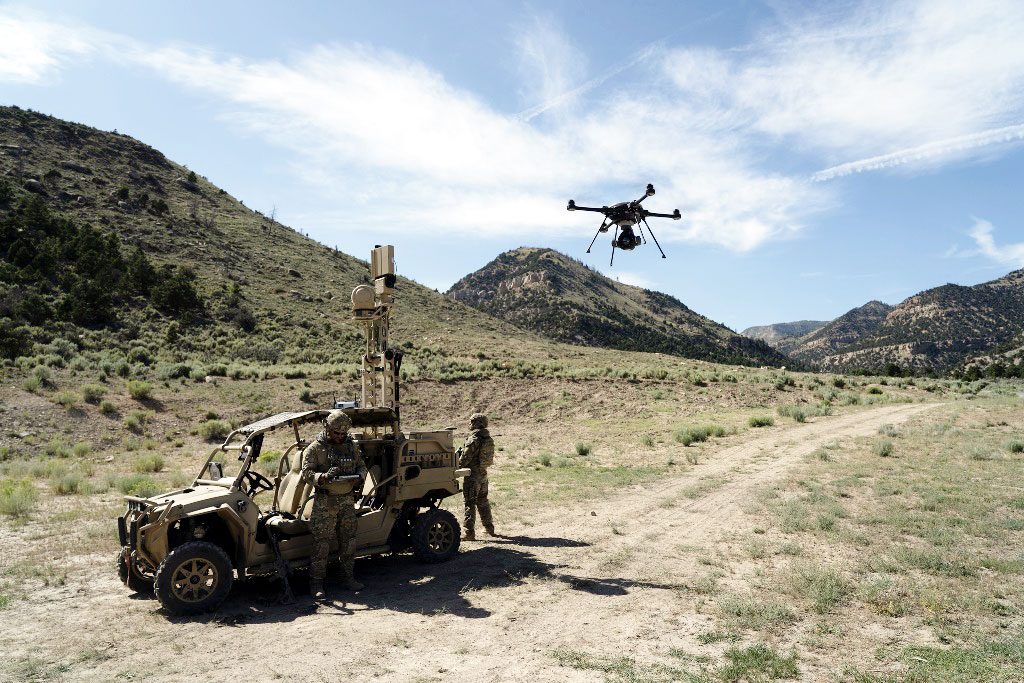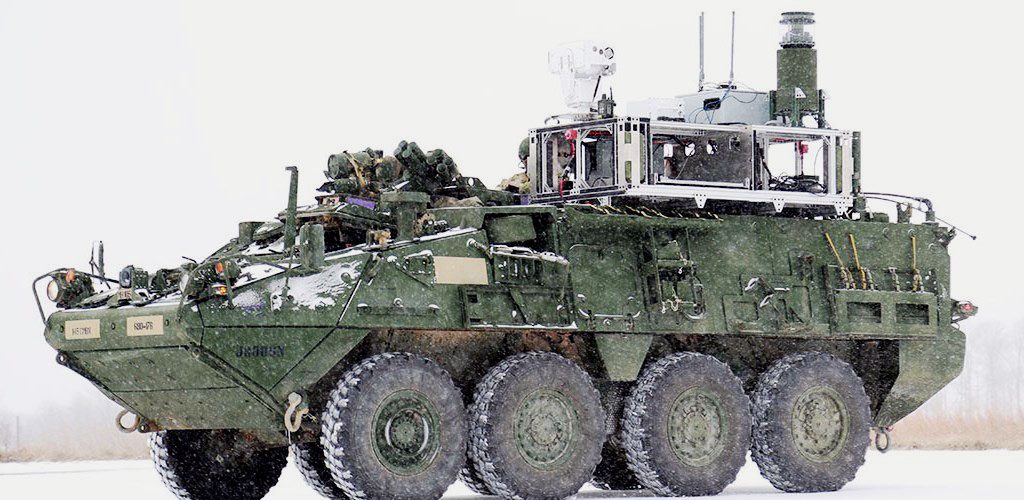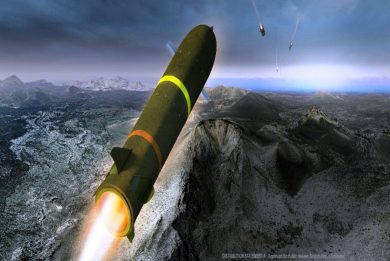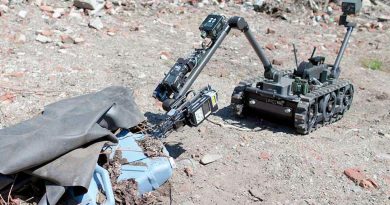
CBRN recce: at speed and at stand-off distance
FLIR is very active in the CBRN field, which is not immune to the paradigm shift from awareness to understanding, as Dr. Dave Cullin, VP of Global Business Development-Detection explains, talking about the NBCRV Sensor Suite Upgrade (SSU) programme won by the company in 2018 with the US DoD, a further contract having been awarded to FLIR in October 2020 for add-on capabilities. “This programme really embodies what our company is doing from sensors, to unmanned systems, to data integration, to algorithms that can help doing threat classification, and NBCRV can exploit all those pieces of capability to create a new piece of kit for the US Army which will take them into the future, providing an unprecedented set of speed and accuracy in measurement.”
The US Army currently fields 294 NBCRVs (Nuclear Biological Chemical Reconnaissance Vehicles) based on the Stryker 8×8 platform, equipped with ageing technology and point sensors, which operate at slow speed, as those sensors require to drive the vehicle in the middle of the threat to understand what is going on. The Army wants to change the way of operating, keeping soldiers out of harms way. “What we are doing is replacing old sensors with new ones that carry out detection at stand-off distance, increasing operational speed,” Cullin says adding that, “We are developing the system in a modular way so that we can do vehicle-agnostic or vehicle-adaptable integration.” FLIR already built a kit that was demonstrated in 2019 on a Polaris vehicle and in its next iteration, which is being developed, will be installed on a Grizzly vehicle. “The package will include some 11 different kinds of sensors, which information will be integrated into a Common Operational Picture, utilising those information collaboratively, that provided by one sensor driving the action of other sensors. We don’t want our soldiers to figure out what is happening within the system, we want to provide them only information needed to decide how to respond to the environment they are being exposed to,” he continues.

FLIR is also integrating sensors on airborne and ground unmanned platforms, which will be used in collaborative and in many cases automated fashion; “We may have a stand-off sensor that detects the presence of aerosol clouds which may be indicative of a biological warfare element, such as anthrax, and this may drive to launch a drone with a high fidelity sensor that will fly into the cloud to carry out measurements at stand-off distance, allowing to keep soldiers out of WMD threat.” The same might apply to the launch of a UGV also fitted with adequate sensors. All this will result in speed of action and in avoiding contamination of the vehicle, which will permit the Brigade to operate at the speed planned by the commander, reducing the effectiveness of enemy’s CBRN threats, guiding the formation through the operational area while avoiding contaminated zones. This will be possible as the system will provide actionable information to the soldiers, keeping them away from the dangerous areas allowing them to make decisions before getting close to the danger.
“We will go through a serious set of test and evaluation in 2021, with the next generation of those capabilities,” David Cullin concludes. Some issues are still to be solved, i.e. the decontamination of unmanned systems after they performed their mission into a contaminated area; although during the mission there will be no physical contact between the operators and the unmanned systems, a problem might arise when redeploying back to base. How much this will lead to hardening requirements in order to allow their decontamination is to be seen, concepts of operation (CONOPS) as well as tactics, techniques and procedures (TTPs) being still under discussion with the customer, according to FLIR officials.
Photos courtesy FLIR and US Army



